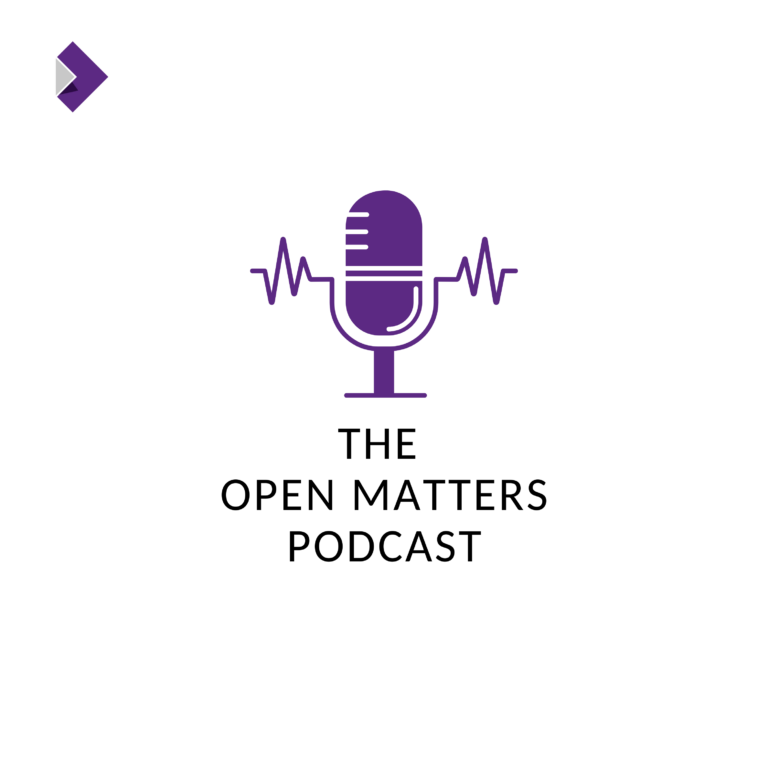
8.5% of Americans Self-Host — The Numbers (and Risks) We Didn’t Have Before
8.5% of the U.S. population self-hosts at least one internet-facing service — from websites and file storage to smart home tools and password syncing. But
Collabora Online is a powerful online document editing suite. Integrate into your own infrastructure or access via one of our trusted hosting partners.



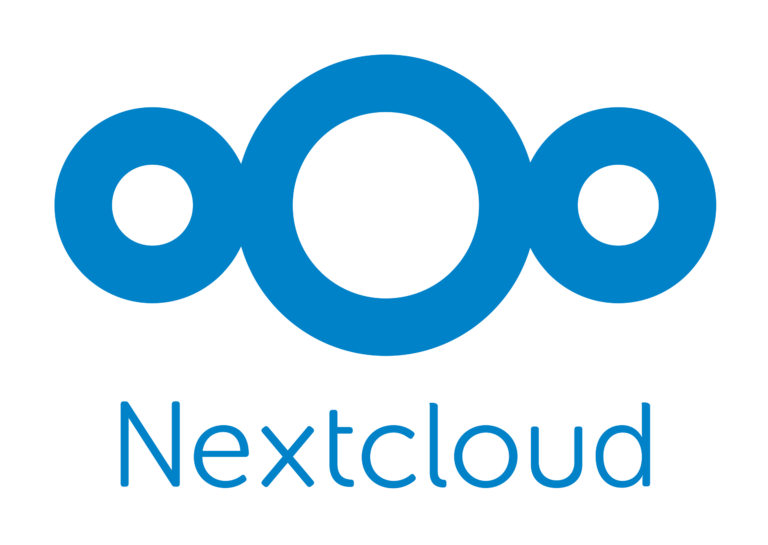





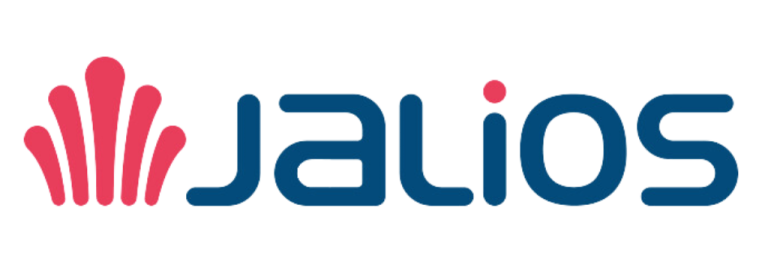





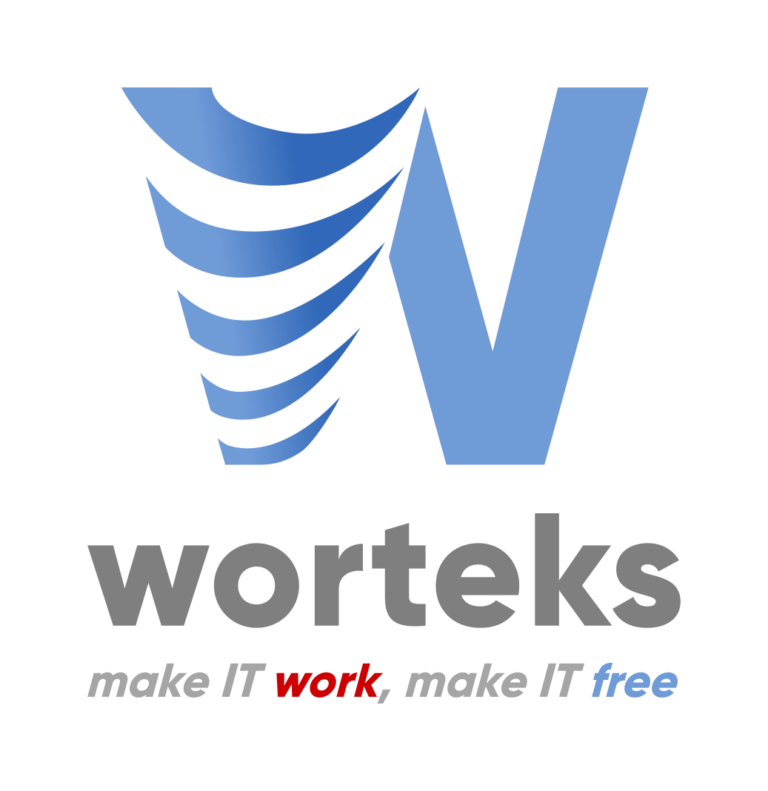




Collabora Online is an Open Source document editor, designed to be easily integrated into a multitude of solutions. Whether you are sending emails, storing files, empowering education or streamlining business applications, if your product wants documents, you need Collabora Online.
Enterprise file sync and share users can preview, edit, and collaborate on documents directly inside the file-sharing environment.
Adds fully-featured office document editing inside your project-management/email/calendar/productivity platforms.
Learning management systems allow students and teachers to collaborate on assignments, feedback forms, and shared documents in real-time.
Teams can work together on documents within the internal platform—secure, auditable, and self-hosted.
If your app stores or generates documents, Collabora Online can be embedded to let users view/edit them without leaving your app.

COOL Days is back! This year we are heading to Hamburg, Germany for another event packed full of tech, hands-on workshops, fun and opportunities to meet the wider community.
Collabora Online integrations combine all the power of our document editor, with another application (or multiple applications). This approach allows end users to enjoy a more coherent working environment, with all their apps working together.
We work with more than 200 partners around the world, providing Collabora Online for millions of users.
✔ Partners handle the complex aspects of integrations, migrations, and hosting.
✔ Choose a partner aligned to your needs.
✔ Combine with many other tools for a complete groupware solution.
Get in touch for a quote, ask a question or sign up to the newsletter so you don’t miss out on all the latest news.
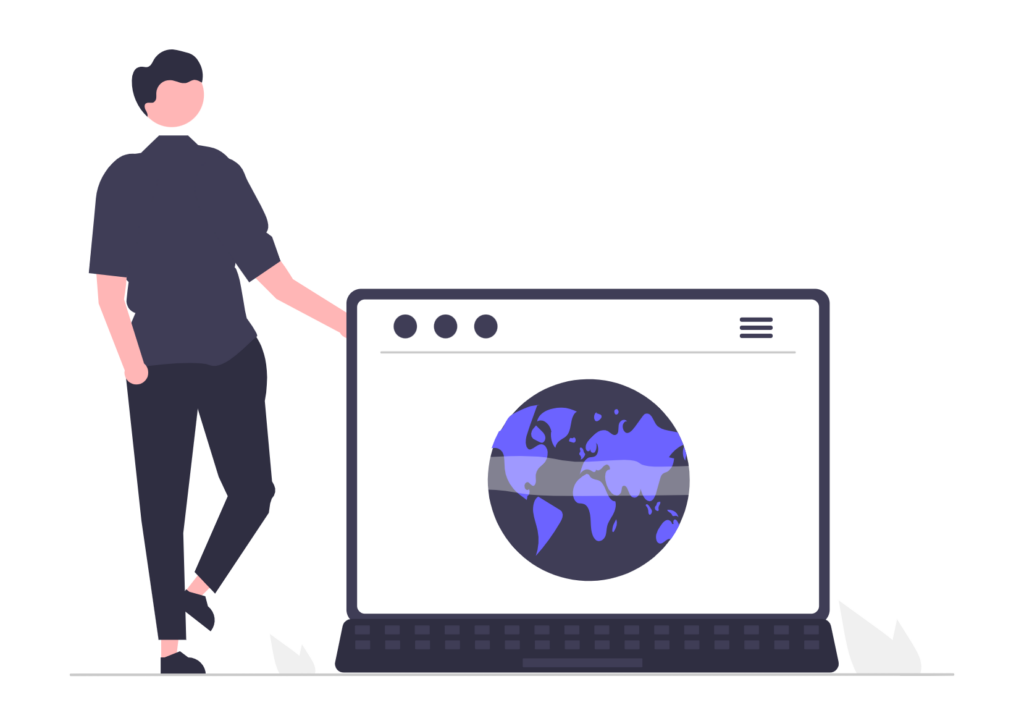
Empower your users with powerful document editing capabilities, easily integrated into your existing platform.
✔ Free to test
✔ Easy to integrate
✔ Customise for your platform
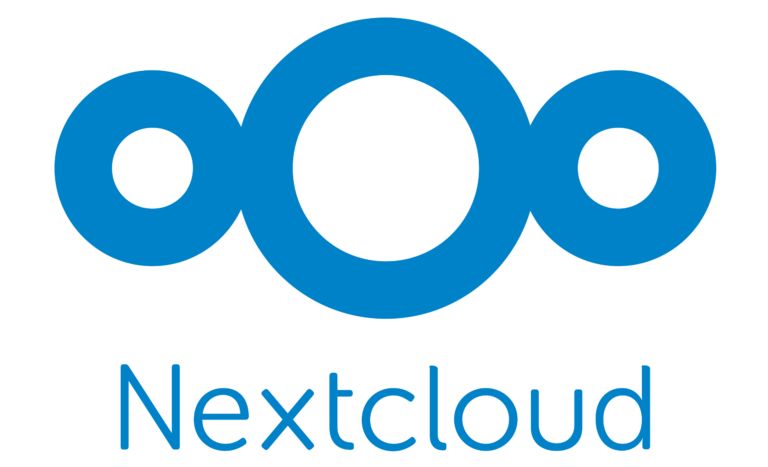

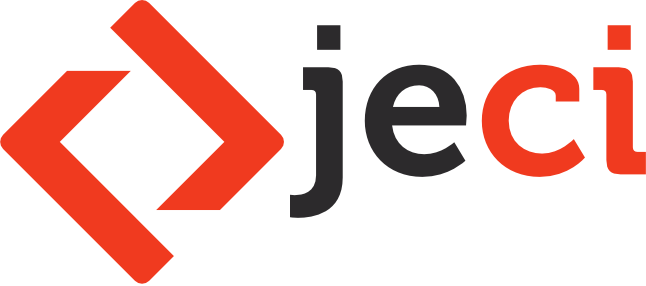


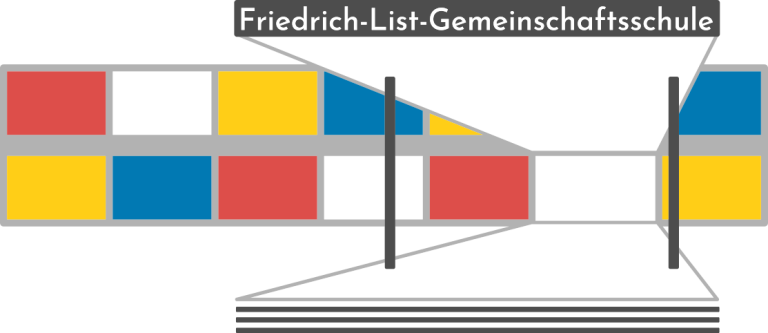






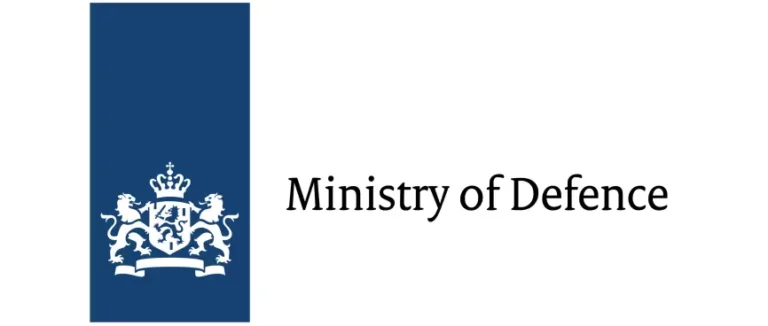


Webinar: How to Choose the Right Collabora Products
29/01/26 15:00 CET
Webinar: Introduction to Collabora Online
17/07/25 15:00 CEST
Univention Summit | 28-29 January 2026 – Bremen
Webinar: How to Choose the Right Collabora Products | 29 January 2026 – Online
FOSDEM | 31 January-1 February 2026 – Brussels, Belgium
Collabora Office Hackfest | 2-3 February 2026 – Brussels, Belgium
CS3 | 17-19 March 2026 – Oslo, Norway
Digital Workplace | 8-9 April 2026 – Paris, France
Oggcamp | 25-26 April 2026 – Manchester, UK
COOL Days 2026 | 27-29 April 2026 – Hamburg

8.5% of the U.S. population self-hosts at least one internet-facing service — from websites and file storage to smart home tools and password syncing. But
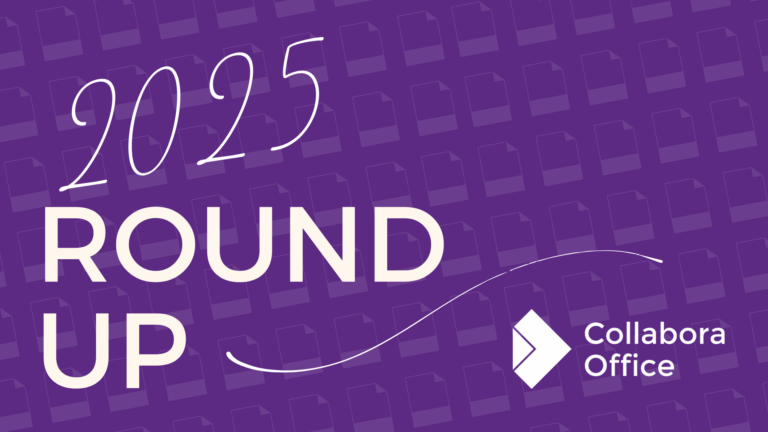
“As we come to the end of another extraordinary year, I want to extend a heartfelt thank you to our customers, partners, community and of
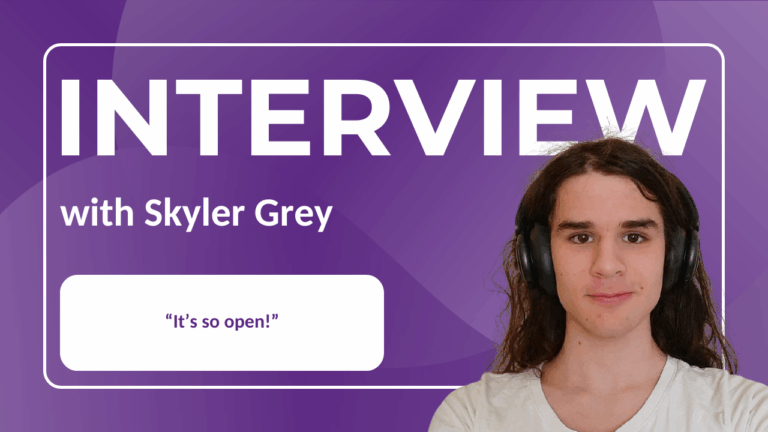
Welcome back to our interview series, where we chat with the passionate people behind the Collabora Online code. Collabora Online is made possible by the

Denmark tried to legislate open source and Big Tech pushed back hard. Nearly 20 years later, open-source solutions are running citizen services in municipalities across the country and even powering the tax authority in Greenland.
In this episode, Magenta CEO Morten Kjærsgaard explains Denmark’s “first wave” and “second wave” of open-source adoption, and how open-source companies across Europe are now working together to build truly sovereign public-sector technology.